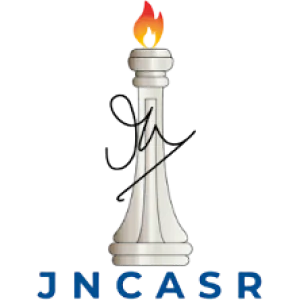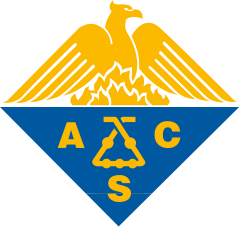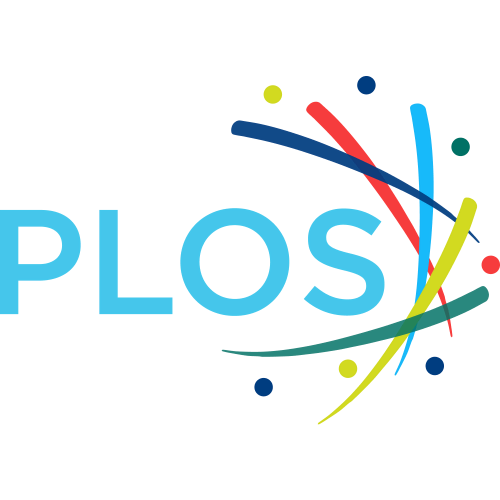Groove Binding Ligands for the Interaction with Parallel-Stranded ps-Duplex DNA and Triplex DNA
Publication type: Journal Article
Publication date: 2010-05-28
scimago Q1
wos Q1
SJR: 1.035
CiteScore: 7.5
Impact factor: 3.9
ISSN: 10431802, 15204812
PubMed ID:
20509695
Organic Chemistry
Pharmacology
Pharmaceutical Science
Biotechnology
Bioengineering
Biomedical Engineering
Abstract
DNA adopts different conformations not only based on novel base pairs, but also with different chain polarities. Besides several duplex structures (A, B, Z, parallel stranded (ps)-DNA, etc.), DNA also forms higher-order structures like triplex, tetraplex, and i-motif. Each of these structures has its own biological significance. The ps-duplexes have been found to be resistant to certain nucleases and endonucleases. Molecules that promote triple-helix formation have significant potential. These investigations have many therapeutic advantages which may be useful in the regulation of the expression of genes responsible for certain diseases by locking either their transcription (antigene) or translation (antisense). Each DNA minor groove binding ligand (MGBL) interacts with DNA through helical minor groove recognition in a sequence-specific manner, and this interferes with several DNA-associated processes. Incidentally, these ligands interact with some non-B-DNA and with higher-order DNA structures including ps-DNA and triplexes. While the design and recognition of minor grooves of duplex DNA by specific MGBLs have been a topic of many reports, limited information is available on the binding behavior of MGBLs with nonduplex DNA. In this review, we summarize various attempts of the interaction of MGBLs with ps-DNA and DNA triplexes.
Found
Nothing found, try to update filter.
Found
Nothing found, try to update filter.
Top-30
Journals
|
1
2
|
|
|
Journal of Inorganic Biochemistry
2 publications, 4.35%
|
|
|
Bioorganic and Medicinal Chemistry
2 publications, 4.35%
|
|
|
Dyes and Pigments
2 publications, 4.35%
|
|
|
Journal of Medicinal Chemistry
2 publications, 4.35%
|
|
|
Journal of Physical Chemistry B
2 publications, 4.35%
|
|
|
Analytical Chemistry
2 publications, 4.35%
|
|
|
Physical Chemistry Chemical Physics
2 publications, 4.35%
|
|
|
Chemical Communications
2 publications, 4.35%
|
|
|
Yakugaku Zasshi
1 publication, 2.17%
|
|
|
PLoS ONE
1 publication, 2.17%
|
|
|
Biochimica et Biophysica Acta - Molecular Cell Research
1 publication, 2.17%
|
|
|
International Journal of Biological Macromolecules
1 publication, 2.17%
|
|
|
Colloids and Surfaces B: Biointerfaces
1 publication, 2.17%
|
|
|
Coordination Chemistry Reviews
1 publication, 2.17%
|
|
|
Chemistry - A European Journal
1 publication, 2.17%
|
|
|
European Journal of Organic Chemistry
1 publication, 2.17%
|
|
|
Chemical Record
1 publication, 2.17%
|
|
|
Bioconjugate Chemistry
1 publication, 2.17%
|
|
|
Journal of Organic Chemistry
1 publication, 2.17%
|
|
|
Chemical Society Reviews
1 publication, 2.17%
|
|
|
Organic and Biomolecular Chemistry
1 publication, 2.17%
|
|
|
Molecular BioSystems
1 publication, 2.17%
|
|
|
Analytical Methods
1 publication, 2.17%
|
|
|
Dalton Transactions
1 publication, 2.17%
|
|
|
The Analyst
1 publication, 2.17%
|
|
|
RSC Advances
1 publication, 2.17%
|
|
|
Nucleic Acids Research
1 publication, 2.17%
|
|
|
Future Medicinal Chemistry
1 publication, 2.17%
|
|
|
Nature Chemistry
1 publication, 2.17%
|
|
|
1
2
|
Publishers
|
2
4
6
8
10
12
|
|
|
Elsevier
12 publications, 26.09%
|
|
|
Royal Society of Chemistry (RSC)
12 publications, 26.09%
|
|
|
American Chemical Society (ACS)
8 publications, 17.39%
|
|
|
Wiley
5 publications, 10.87%
|
|
|
Springer Nature
2 publications, 4.35%
|
|
|
Pharmaceutical Society of Japan
1 publication, 2.17%
|
|
|
Public Library of Science (PLoS)
1 publication, 2.17%
|
|
|
Oxford University Press
1 publication, 2.17%
|
|
|
Taylor & Francis
1 publication, 2.17%
|
|
|
Autonomous Non-profit Organization Editorial Board of the journal Uspekhi Khimii
1 publication, 2.17%
|
|
|
2
4
6
8
10
12
|
- We do not take into account publications without a DOI.
- Statistics recalculated weekly.
Are you a researcher?
Create a profile to get free access to personal recommendations for colleagues and new articles.
Metrics
46
Total citations:
46
Citations from 2024:
6
(13.05%)
Cite this
GOST |
RIS |
BibTex |
MLA
Cite this
GOST
Copy
Jain A. K., Bhattacharya S. Groove Binding Ligands for the Interaction with Parallel-Stranded ps-Duplex DNA and Triplex DNA // Bioconjugate Chemistry. 2010. Vol. 21. No. 8. pp. 1389-1403.
GOST all authors (up to 50)
Copy
Jain A. K., Bhattacharya S. Groove Binding Ligands for the Interaction with Parallel-Stranded ps-Duplex DNA and Triplex DNA // Bioconjugate Chemistry. 2010. Vol. 21. No. 8. pp. 1389-1403.
Cite this
RIS
Copy
TY - JOUR
DO - 10.1021/bc900247s
UR - https://doi.org/10.1021/bc900247s
TI - Groove Binding Ligands for the Interaction with Parallel-Stranded ps-Duplex DNA and Triplex DNA
T2 - Bioconjugate Chemistry
AU - Jain, Akash K
AU - Bhattacharya, Santanu
PY - 2010
DA - 2010/05/28
PB - American Chemical Society (ACS)
SP - 1389-1403
IS - 8
VL - 21
PMID - 20509695
SN - 1043-1802
SN - 1520-4812
ER -
Cite this
BibTex (up to 50 authors)
Copy
@article{2010_Jain,
author = {Akash K Jain and Santanu Bhattacharya},
title = {Groove Binding Ligands for the Interaction with Parallel-Stranded ps-Duplex DNA and Triplex DNA},
journal = {Bioconjugate Chemistry},
year = {2010},
volume = {21},
publisher = {American Chemical Society (ACS)},
month = {may},
url = {https://doi.org/10.1021/bc900247s},
number = {8},
pages = {1389--1403},
doi = {10.1021/bc900247s}
}
Cite this
MLA
Copy
Jain, Akash K., and Santanu Bhattacharya. “Groove Binding Ligands for the Interaction with Parallel-Stranded ps-Duplex DNA and Triplex DNA.” Bioconjugate Chemistry, vol. 21, no. 8, May. 2010, pp. 1389-1403. https://doi.org/10.1021/bc900247s.














